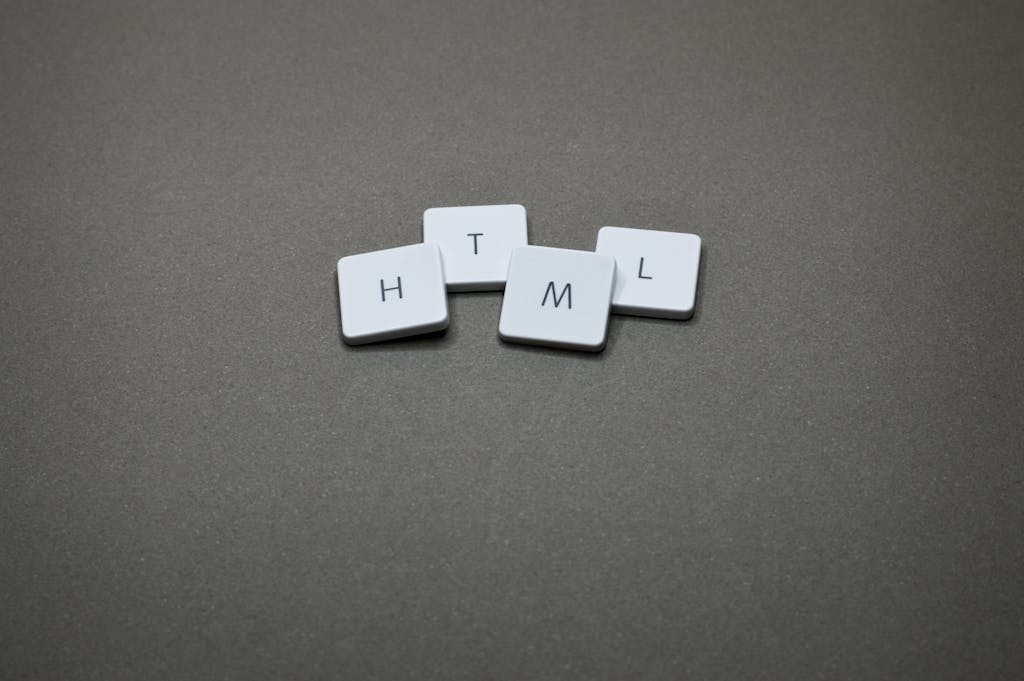HTML5 games have become a popular choice for game developers due to their accessibility, versatility, and cross-platform compatibility. Whether you’re a seasoned developer or a newcomer to the world of game development, creating HTML5 games can be a rewarding and fulfilling experience. In this comprehensive guide, we’ll walk you through the steps involved in making HTML5 games, from planning and design to coding and deployment.
1. Define Your Game Concept
Before diving into development, it’s essential to have a clear understanding of your game concept. Consider the following questions:
- What type of game do you want to create? (e.g., puzzle, platformer, strategy, etc.)
- What is the core gameplay mechanic?
- What is the theme and visual style of the game?
- Who is your target audience?
Having a well-defined concept will guide the development process and ensure that your game stays focused and cohesive.
2. Plan Your Game Design
Once you have a solid concept in mind, it’s time to plan your game design. This involves creating detailed sketches or mockups of your game’s layout, levels, characters, and UI elements. Consider factors such as:
- Level progression and difficulty curve
- Game mechanics and interactions
- User interface layout and functionality
- Visual assets and art style
A well-thought-out game design plan will serve as a roadmap for development and help you stay organized throughout the process.
3. Choose Your Development Tools
There are several tools and frameworks available for developing HTML5 games, each with its own strengths and features. Some popular choices include:
- Phaser: A fast, free, and open-source game framework for HTML5 games.
- Construct 3: A powerful drag-and-drop game development tool with no coding required.
- Unity with WebGL: A versatile game engine that supports HTML5 export using WebGL.
Choose the tool that best suits your skill level, development workflow, and project requirements.
4. Develop Your Game Mechanics
With your game concept, design plan, and development tools in place, it’s time to start building your game mechanics. This involves writing code to implement gameplay features such as player movement, collisions, scoring, and win/lose conditions. Depending on your chosen framework or engine, you may also have access to pre-built components and plugins to streamline development.
5. Create Visual Assets
Visual assets play a crucial role in bringing your game to life and immersing players in your game world. This includes creating graphics for characters, backgrounds, objects, animations, and UI elements. You can create visual assets using graphic design software such as Adobe Photoshop, Illustrator, or free alternatives like GIMP or Inkscape.
6. Test and Iterate
Once you have a working prototype of your game, it’s essential to test it rigorously to identify and fix any bugs, glitches, or gameplay issues. Gather feedback from playtesters and iterate on your design based on their input. This iterative process ensures that your game is polished and optimized for the best player experience.
7. Optimize for Performance
HTML5 games run in web browsers, which means performance optimization is crucial to ensure smooth gameplay across different devices and platforms. Optimize your game’s code, assets, and rendering techniques to minimize load times, reduce memory usage, and maximize frame rates. Techniques such as sprite sheet animation, asset compression, and efficient rendering can help improve performance.
8. Deploy and Distribute Your Game
Once your game is complete and polished, it’s time to deploy and distribute it to players. You can host your game on your website or publish it to popular game distribution platforms such as itch.io, Kongregate, or Newgrounds. Be sure to promote your game through social media, forums, and gaming communities to reach a wider audience.
Conclusion
Making HTML5 games can be a challenging but rewarding endeavor. By following these steps and guidelines, you can create engaging and immersive games that captivate players and showcase your creativity and technical skills. So roll up your sleeves, unleash your imagination, and start creating your own HTML5 masterpiece today!
Unlock Full Article
Watch a quick video to get instant access.





Alright, so I gave th777newlink a whirl. Honestly, it’s not bad. The games are responsive, and I didn’t experience any lag. The graphics could be a little better, but overall, it’s a decent place to kill some time and maybe win a few bucks. Worth a shot, if you’re bored.
Been trying out some new pages, and ta777.info is one of the ones that caught my eye. It has a standard layout. But the options are good. Have a look to see if you understand my perspective. Happy puntings. ta777
QH88vips…another VIP one! I’m always a sucker for a good loyalty program. Thinking about signing up. I’ll report back if it’s any good! Take a look: qh88vips.
Yo, 44win is legit! Quick deposits and withdrawals, and the games are actually decent. Been having some good luck lately. Check it out at 44win.